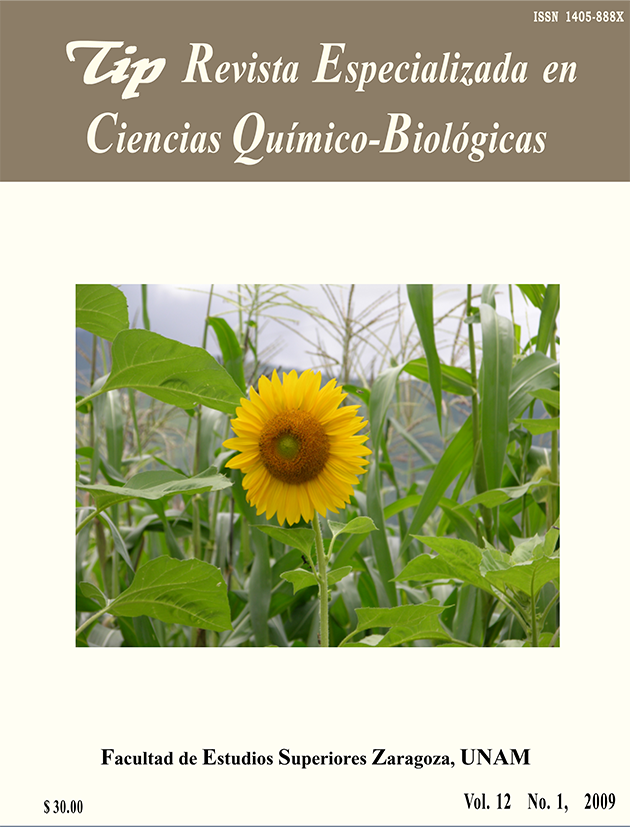Abstract
A review of our papers dealing with the synthesis and spectroscopy of 24 new thiazole derivatives has been made. Many of these compounds presented paramagnetic deviations in their 1H NMR spectra, and this was attributed to hydrogen bond formation. Now we present a theoretical study based on ab initio calculations with the aim of obtaining theoretical evidence about these interactions, on the basis of electronic density, using Bader’s method (AIM). The results checked with the rotamery proposed in our papers and with the existence of C-H---O and C-H---Cl hydrogen bonds. The formation of C-H---N semibonds was also found, and it is explained in detail. Thus, the nature of the atomic interactions found via nuclear magnetic resonance has been firmly established.TIP Magazine Specialized in Chemical-Biological Sciences, distributed under Creative Commons License: Attribution + Noncommercial + NoDerivatives 4.0 International.



